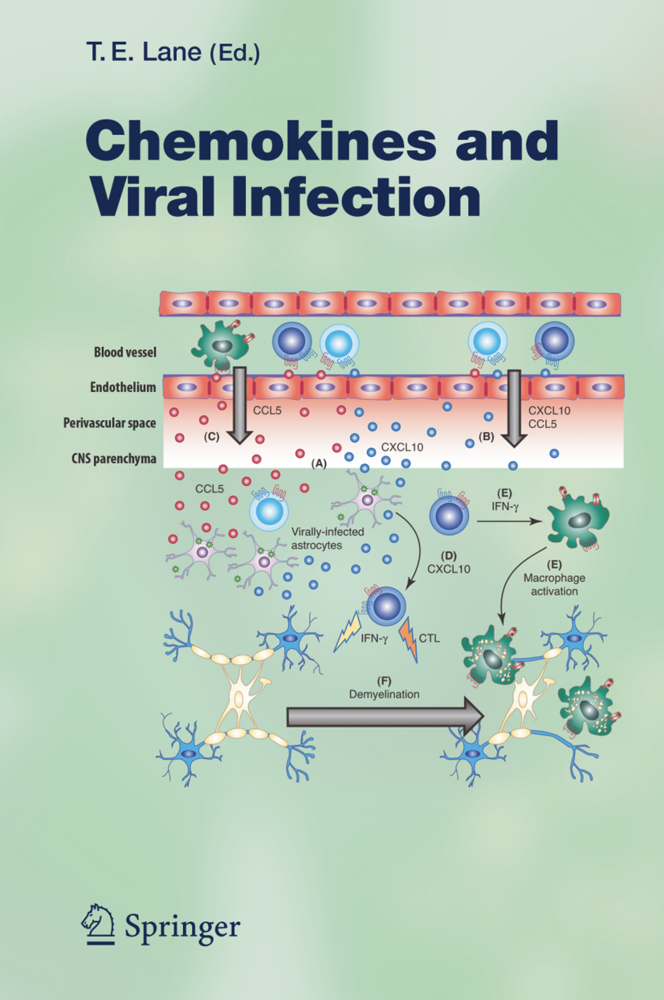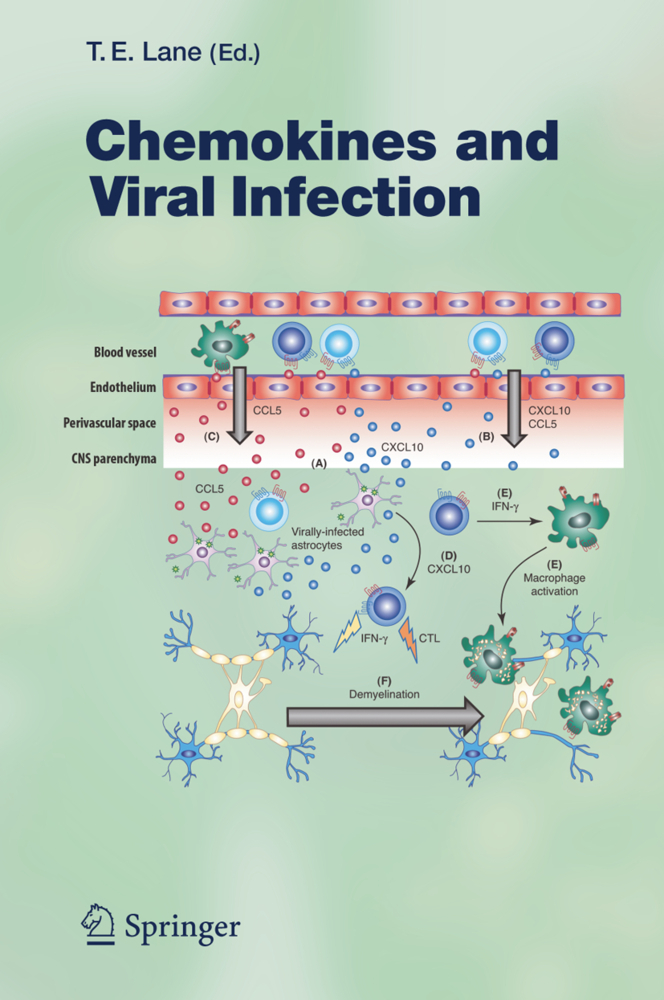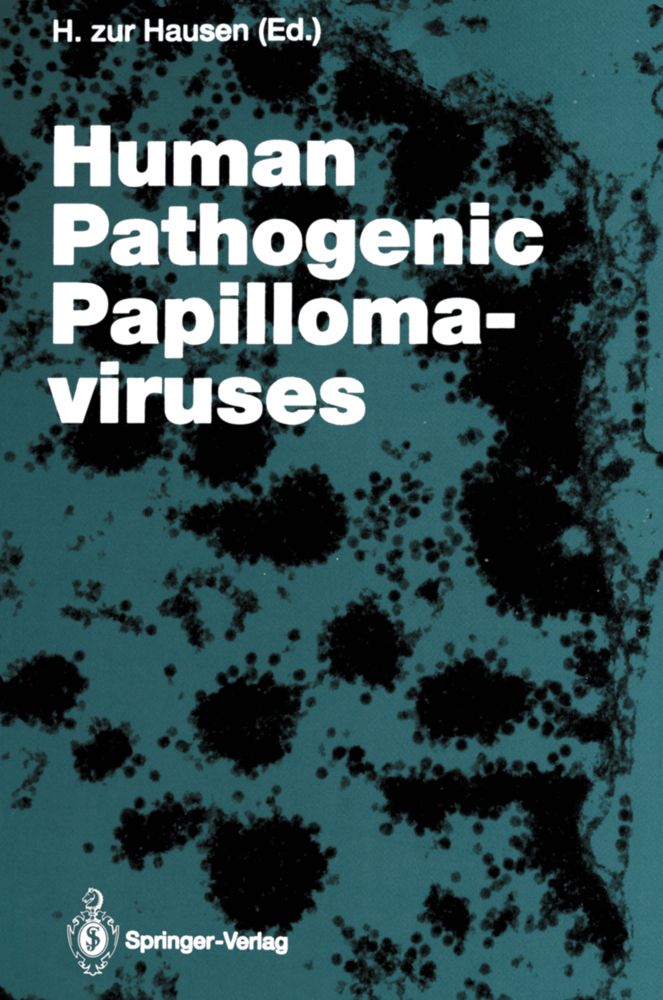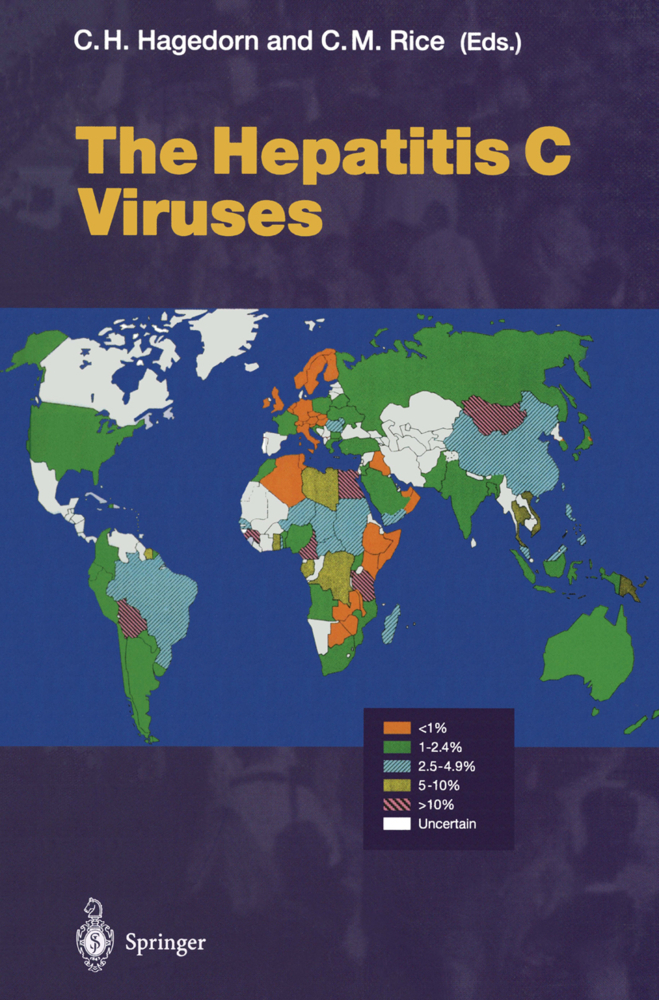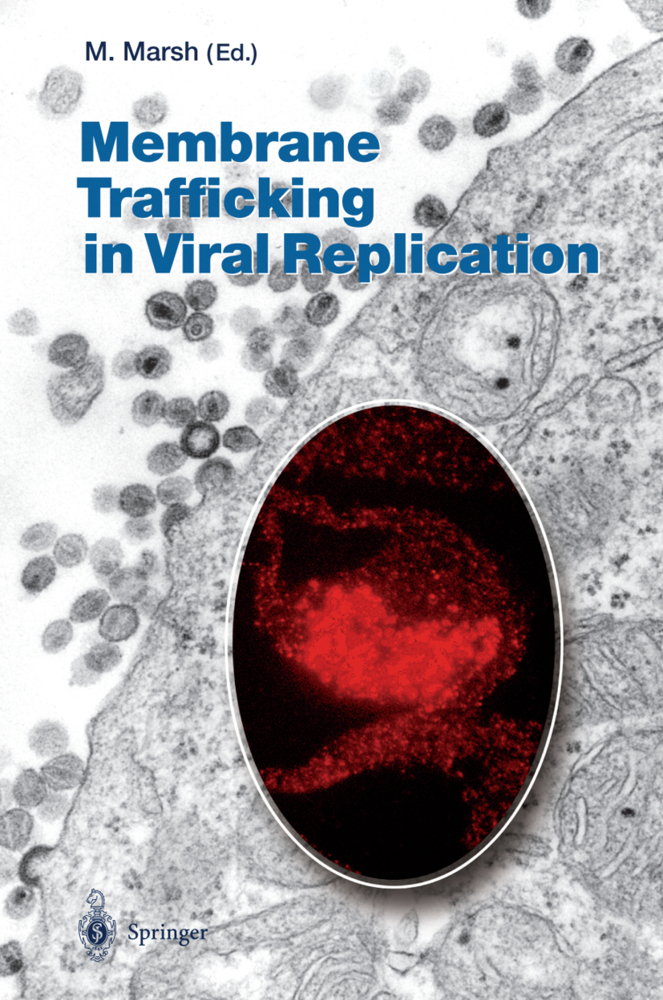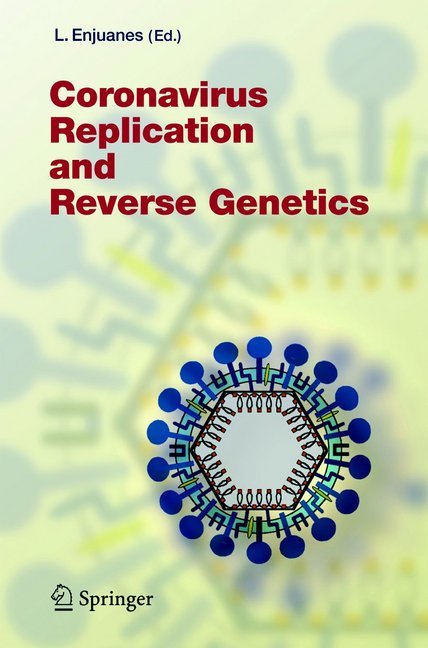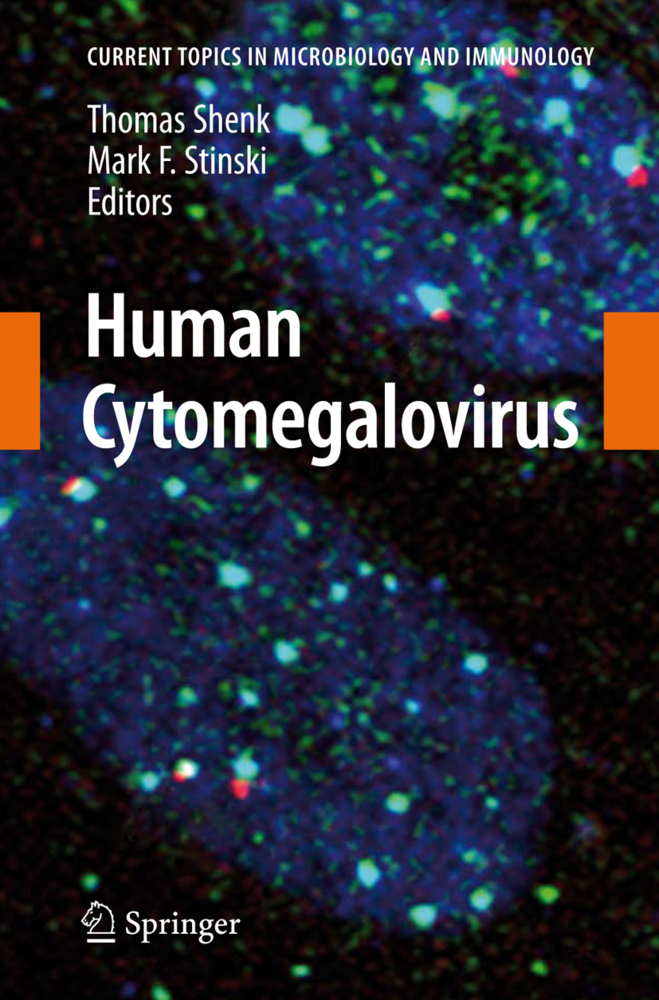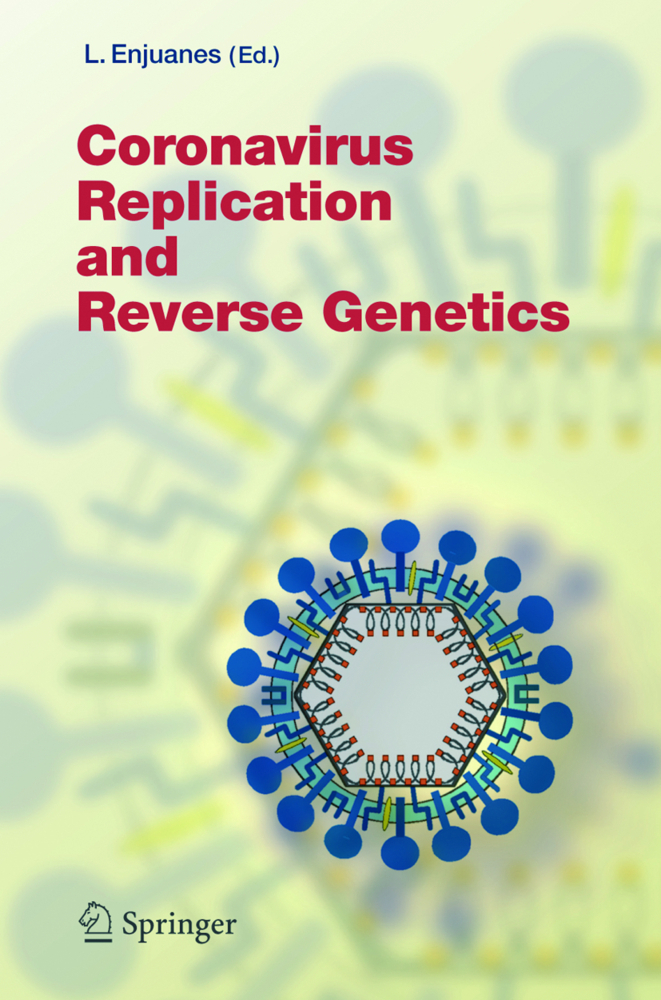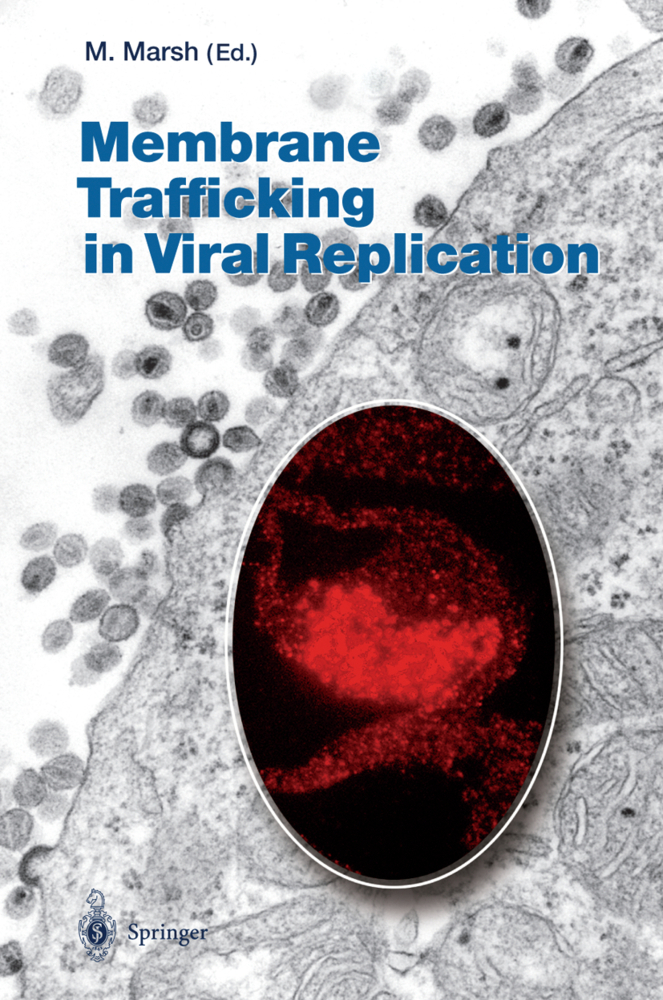Chemokines represent a family of over 40 small proteins that, for the most part, are secreted into the environment and function by binding to G protein-coupled receptors (GPCRs) that are expressed on numerous different cell types. When initially identified close to 30 years ago, these molecules were associated with various human inflammatory diseases and it was recognized that expression may be integral in leukocyte recruitment to inflamed tissue. Within a relatively short period of time, early participants within the field determined that these proteins displayed distinct and conserved structural features and exerted potent chemotactic effects on defined lymphocyte subsets. There are now four sub-families of chemokines identified based on defined structural criteria relating to the positional location of conserved cysteine residues within the amino-terminus of the protein. Chemokines are now recognized as important in numerous biological processes ranging from maintaining the organizational integrity of secondary lymphoid tissue to participating in various aspects of both innate and adaptive immune responses following microbial infection.
Functional Diversity of Chemokines and Chemokine Receptors in Response to Viral Infection of the Central Nervous System
Cytokine and Chemokine Networks: Pathways to Antiviral DefenseHerpes Simplex Virus and the Chemokines That Mediate the Inflammation
Influence of Proinflammatory Cytokines and Chemokines on the Neuropathogenesis of Oncornavirus and Immunosuppressive Lentivirus Infections
HIV-1 Coreceptors and Their Inhibitors
A Viral Conspiracy: Hijacking the Chemokine System Through Virally Encoded Pirated Chemokine Receptors.
Lane, Thomas E.
| ISBN | 978-3-540-29207-4 |
|---|---|
| Artikelnummer | 9783540292074 |
| Medientyp | Buch |
| Copyrightjahr | 2006 |
| Verlag | Springer, Berlin |
| Umfang | XI, 160 Seiten |
| Abbildungen | XI, 160 p. |
| Sprache | Englisch |

